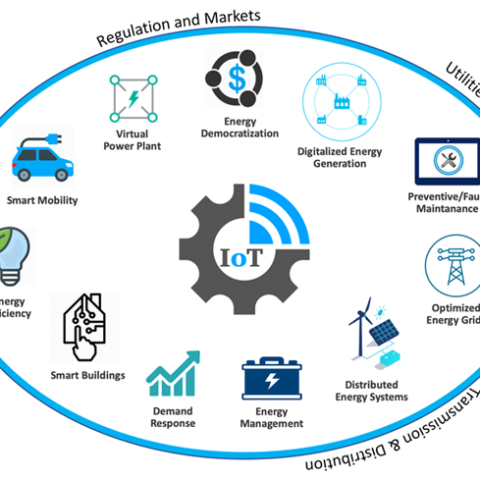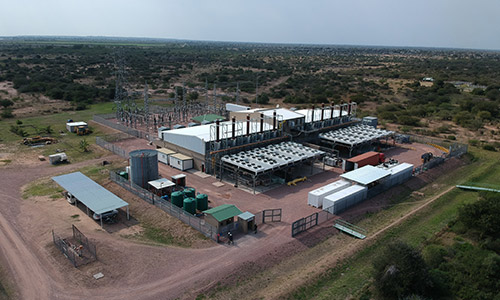Gas engine-driven power plants are frequently constructed to act as peaking power stations due to their flexibility.
They can ramp up and down much faster than other technologies and can therefore provide reliable, constant power at short notice.
However, the intermittent nature of a peaking plant means no revenue is generated until the plant is operating.
What’s more, profit is unlikely until an appropriate Operations & Maintenance (O&M) plan is implemented to ensure optimum and reliable availability.
This is why O&M has a profound effect on the profitability of gas engine power plant projects. Even successful gas engine driven power plant installations can fail due to insufficient feasibility studies and poor due diligence on the chosen technology.
That’s because such oversights lead to substandard O&M strategies which in turn generate unexpectedly high operating costs.
Conversely, good O&M practises ensure project success by aligning the projected return of investment (ROI) and actual ROI.
So what are the necessary considerations as seen from the viewpoint of an O&M manager or contractor?
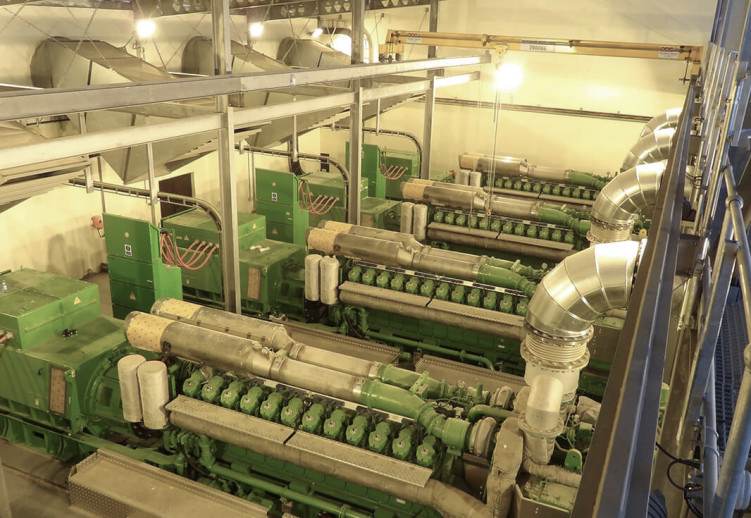
The Key Elements of Operational Success
For an O&M contractor, the ideal situation is one where the proper due diligence was performed during the selection of the chosen technology and engines. A properly designed plant is the ideal situation from which to commence operations.
Key elements for operational success include the following:
- Maintenance and Reliability Management: The art and science of providing appropriate maintenance on the right assets at the right time. This improves equipment longevity by identifying impending failures and allowing time for corrective actions, which in turn avoids unexpected costs and maintains projected ROI for the project.
- Technical Product Knowledge: Applies to specifications and configurations necessary for effective troubleshooting, and also complementary or competitive products that contribute to a more positive customer experience.
- Quality Management: Different activities and tasks within an organization require oversight to ensure consistency across products, services, and the means used to provide them. This requires a plan that incorporates continuous reliability improvement as well as integrity control and assurance.
- Inventory and Spares Management: Understanding existing or projected consumption, calculating system failure costs, estimating the soft cost impact of out-of-stock items, working with vendors on cost reduction and in-stock improvement plans, and calculating both soft and hard costs of expedited orders when required all fall under this remit.
- Financial Management: This involves planning, organizing, directing and controlling financial activities to ensure a regular and adequate supply of funds, optimized usage of funds and ROI, and the lowest feasible financial risks.
- Strategic Leadership: Much more than just an idea of how to implement certain policies or processes, this involves changing or creating an organizational structure best equipped for achieving project goals while preparing for what the future might bring.
- Business Administration: The use of data tools including IT systems to gather business intelligence and make key operational decisions and strategic plans.
- Stakeholder Management: Key stakeholders such as sponsors, executives, customers, suppliers, partners and the government have the power to make a project fail, and therefore their needs must be met with an appropriate communications and engagement plan to ensure all relevant information is available as needed.~
- Contract Management: This involves managing contracts, deliverables, deadlines, contract terms and conditions while ensuring customer satisfaction involves identifying risks, negotiating solutions and resolving problems as they arise.
All the above factors combine to ensure a comprehensive and yet flexible O&M plan is in place.
Adaptability is crucial, as established O&M procedures need to be reviewed on a regular basis to maximize efficiency and minimize unexpected costs.~
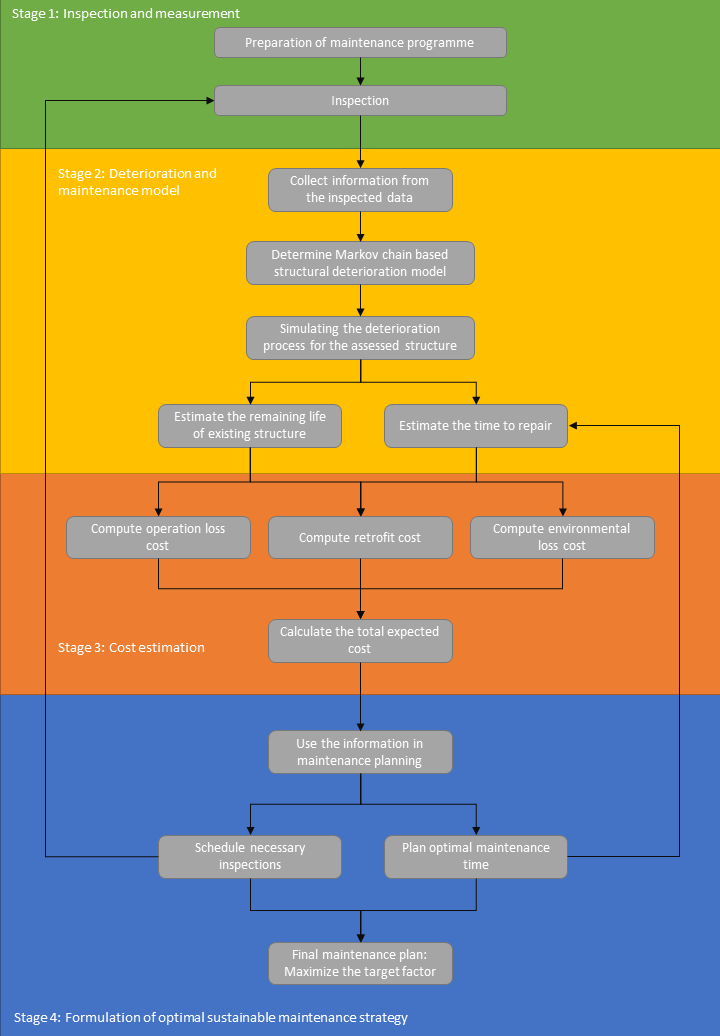
Source: Flowchart for optimal sustainable maintenance planning – Researchgate.net
What to Measure and How
Key performance indicators (KPIs) indicate whether the gas power plant project is achieving its strategic goals - or not.
KPI targets communicate the desired level of performance including detecting low performance in power plant operation, investigating issues and setting up maintenance plans to minimize operational costs. They’re based on the contractual obligations stipulated in the O&M agreements or power purchase agreements (PPAs).
The following are the key KPI’s relating to gas-fired engine power plants:
Plant Availability and Reliability: Refers to the time the engines are available for operation. This is the most critical KPI as engine availability drives both revenue and operating costs. O&M contractors can increase or ensure high plant availability by implementing the following measures:
- Compile and implement a maintenance strategy based on O&M instruction and industry best practices and including planned and unplanned maintenance.
- Business continuity and scenario planning to ensure a rapid and effective response to issues as they occur.
- The financial perspective (often called stewardship or similar names in the public sector) addressees the organization’s financial performance and the astute use of financial resources.
- A comprehensive customer/stakeholder perspective ensures the customer and other key stakeholders are aware of important developments and their solutions as they happen.
Heat Rate: A measure of the efficiency of electrical generators/power plants that convert fuel into heat and electricity. Heat rate is a direct driver of operating costs because a gas usage increase also increases the cost of sales.
Health, Safety and Environmental Management: Important when conforming to local, regional and national guidelines and regulations to avoid fines or other penalties that could adversely affect the gas engine plant’s ROI.
Power Export: Measures whether the plant is meeting its obligations as a peaking power station providing sufficient power of sufficient quality for end user needs.
Other Considerations
Aside from KPIs, there are other O&M factors to consider when operating gas engine plants.
Most projects require the establishment of a local company that does business in a local currency.
This can place the onus of currency fluctuations onto the service provider and poses significant risk in certain economies with unstable and not easily hedged FX rates.
Other regional drawbacks can include a required percentage of local content for both the Engineering, Procurement and Construction (EPC) contract and the O&M contact. That can lead to issues finding suitable suppliers capable of servicing the needs of large plants.
On the other hand, financial rewards can be significant for those willing to provide services in relatively less popular regions, plus the added positive of providing training and exposure to local companies to help grow their economies.
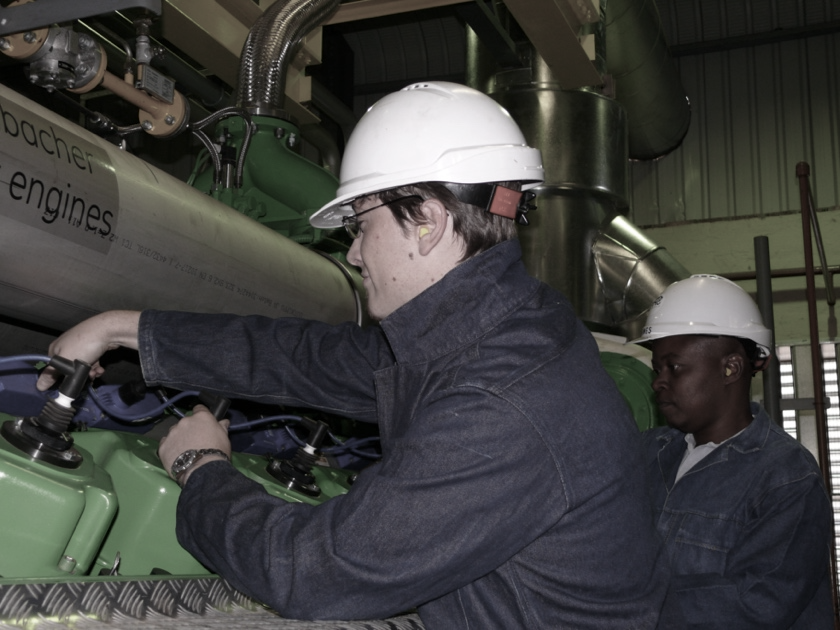
Conclusions
The operational phase of most energy projects is almost without exception the longest phase of the project life cycle.
Since projects are mostly financed on the projected cash flows expected during the operational phase, a key aspect of ensuring operational success is appointing a suitably competent O&M Contractor.
The O&M contractor should have:
- Experience in all aspects of operating and maintaining of the power plant, and
- A proven track record in maintaining contractual KPIs on the chosen technology, and
- A comprehensive understanding of the region in which the project operates, and
- A good relationship with technology partners and original equipment manufacturers (OEM).
That’s because there are times when the chosen engine technology could have latent defects. OEM’s are at times reluctant to disclose such details due to the possibility of reputational damage to their brand, and therefore often blame failures on operational or site conditions.
That means it’s critically important to follow each OEM’s stipulated technical instructions and why projects need an O&M contractor who understands the environment and the equipment to identify the true source of any problems.
And when latent defects are uncovered, the operations team must possess a wide array of skills and have the agility and flexibility to perform modifications to maintain or improve expected plant KPIs.
In the end, the goal remains the same regardless of which specific difficulties are encountered: maintaining good plant availability and achieving assigned targets within budget while doing zero harm to people, the plant, and the environment while honouring all contractual agreements.
How ADC Projects Can Help
At ADC Projects, we sell expertise in the energy market to commerce and industry, including both big and small hybrid solutions. We provide Project Development, Project Management, Operations and Maintenance, Engineering and consulting services to develop and install a variety of power projects including gas engine operations.
To learn more about becoming less dependent on utility power, saving time & money and gaining a real advantage over your competition, please contact us today.

